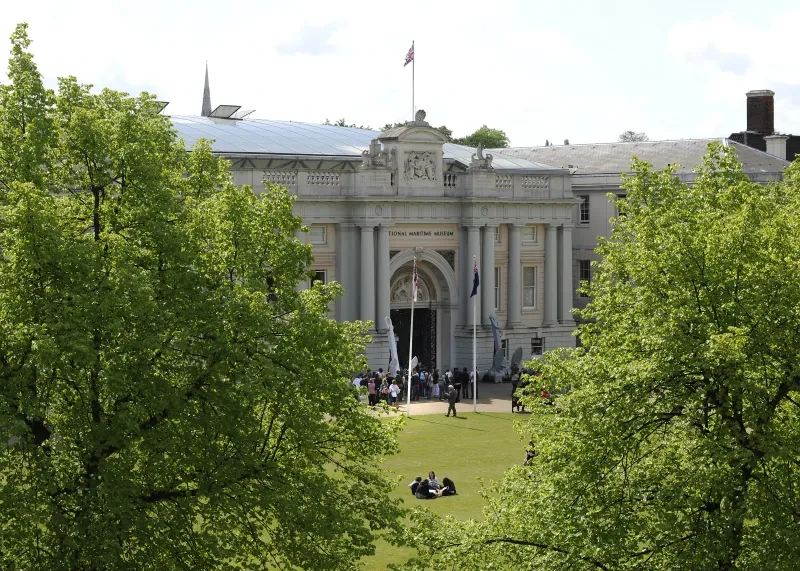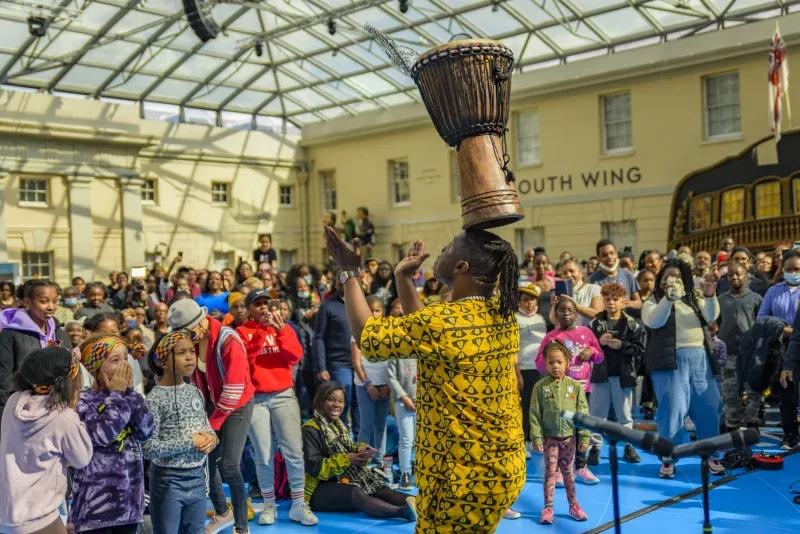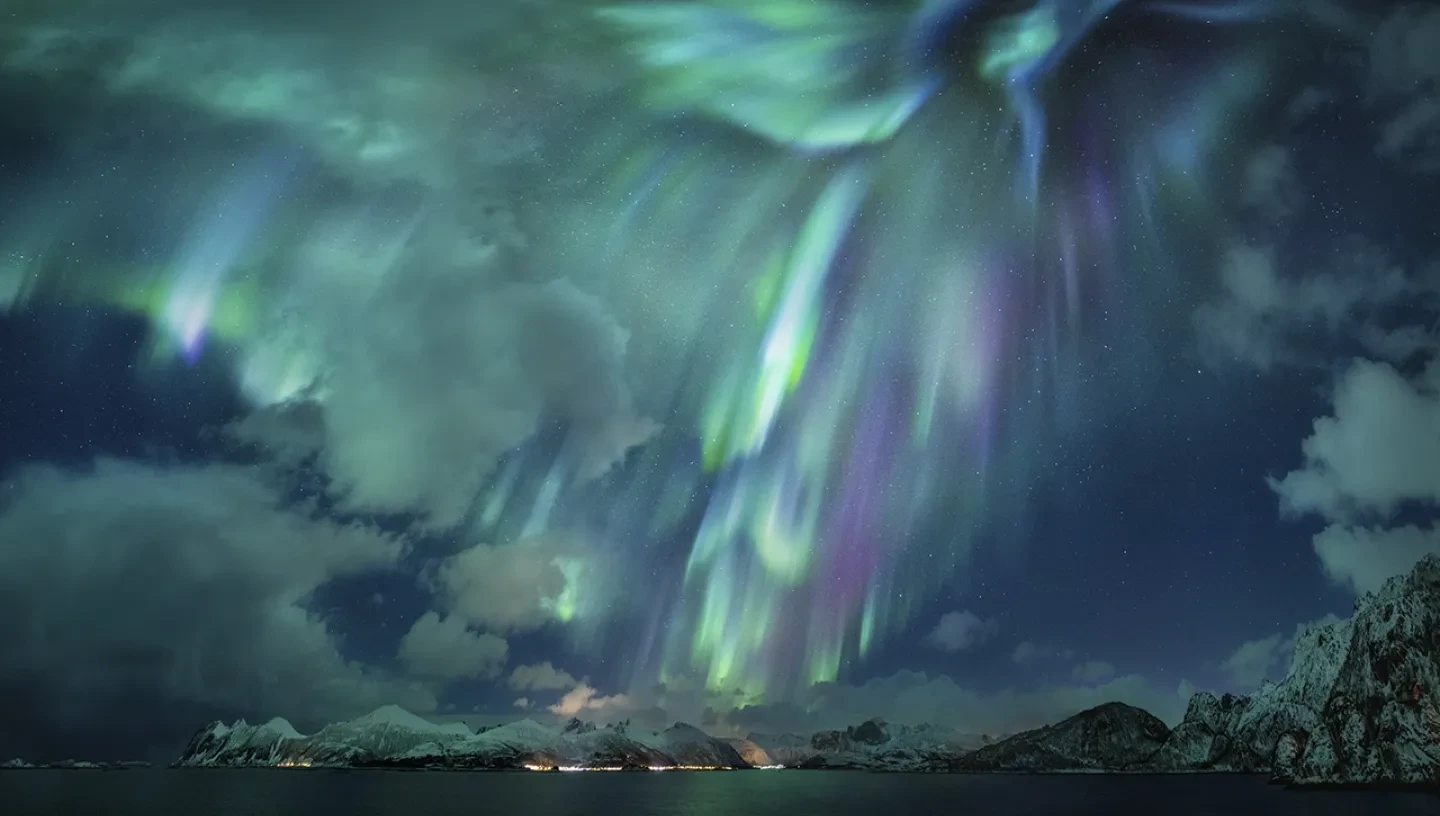
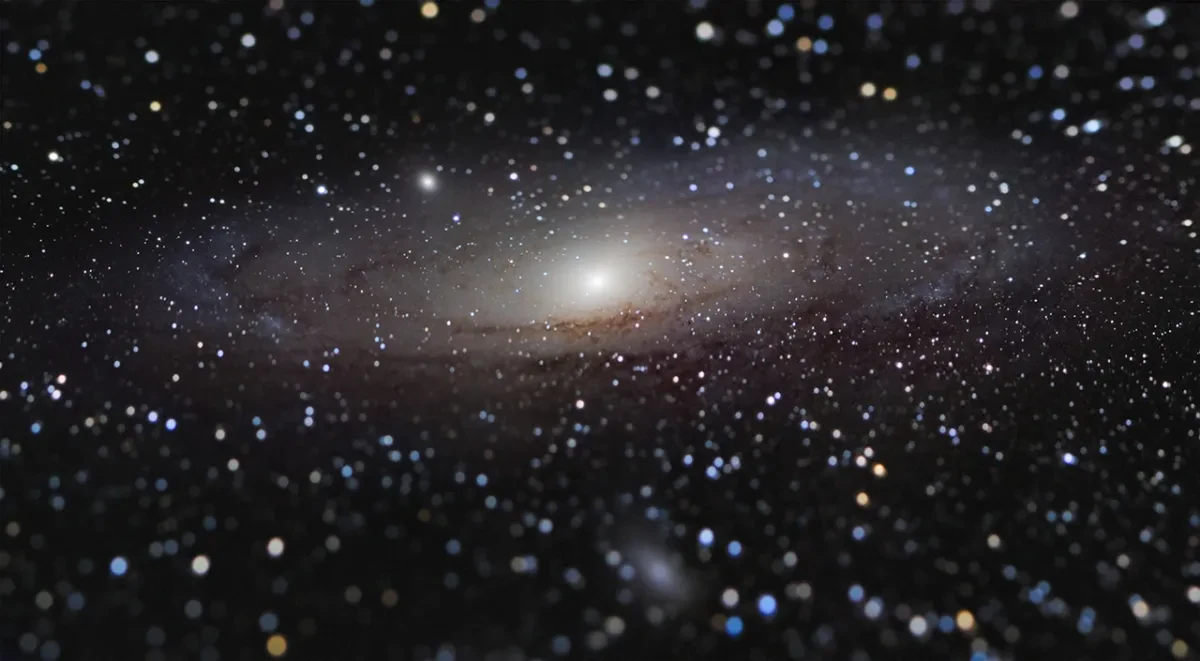
Overall winner and winner of the Galaxies category
Andromeda Galaxy at Arm's Length by Nicolas Lefaudeux
"An intriguing, highly original shot that captured the imagination of many of the judges right from the start."
- Jon Culshaw, comedian, impersonator and regular guest on The Sky at Night
Galaxies 2020: see the full shortlist
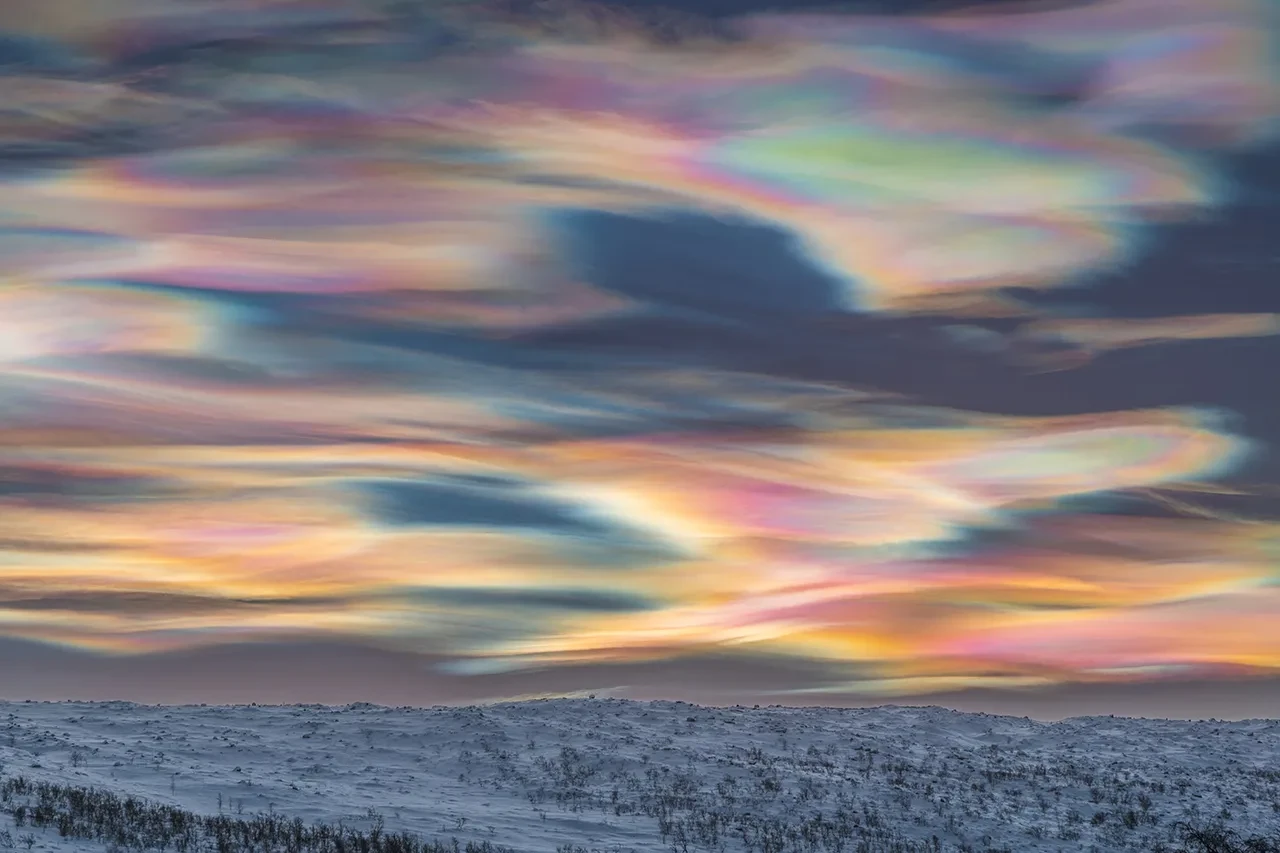
Skyscapes winner
Painting the Sky by Thomas Kast
"Clouds are said to be the bane of astronomers, but they can also be the inspiration for a breath-taking astrophotograph. These rare, incredibly high nacreous clouds reflect colour like oil does on water and this photographer has captured them perfectly. With subtle processing they have brought out the vibrant hues that can sometimes be seen in our skies."
- Steve Marsh, Art Editor at the BBC Sky at Night Magazine
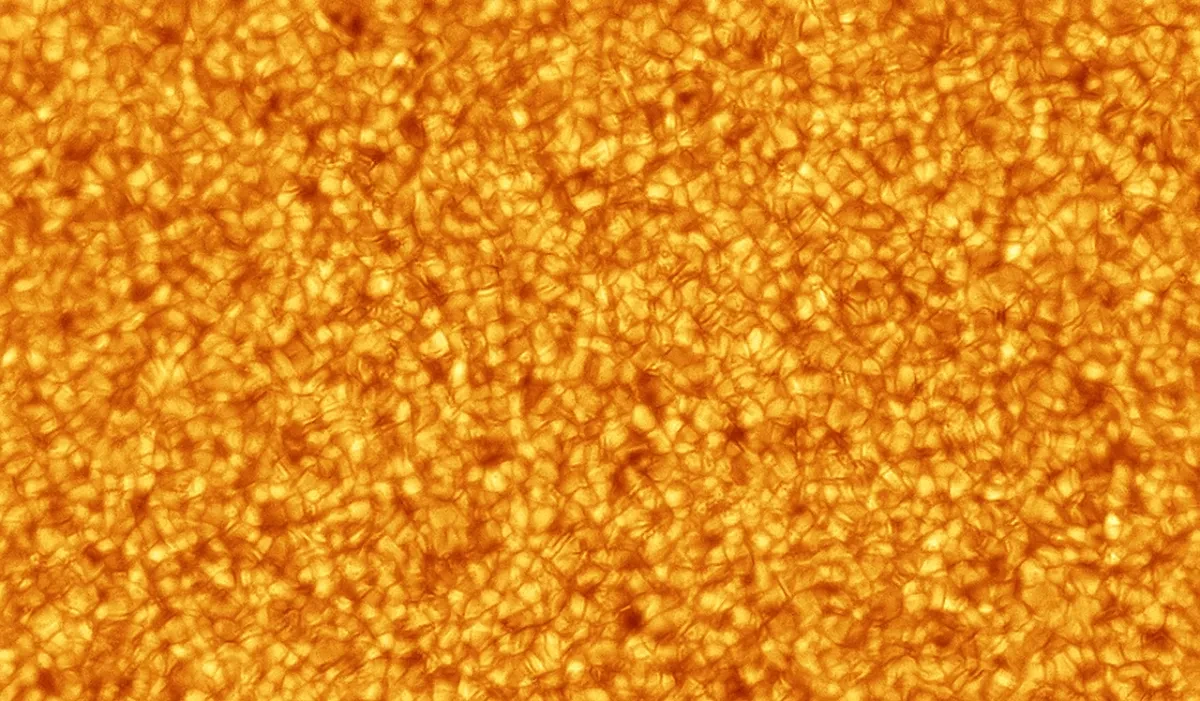
Our Sun Winner
Liquid Sunshine by Alexandra Hart
"This is a stunning example of how the ‘quiet’ Sun is never truly quiet. While the Sun may be less active, the nuclear fusion ongoing below its surface sustains all life on our little world."
- Emily Drabek-Maunder, astrophysicist, astronomer and science communicator at Royal Observatory Greenwich
Our Sun 2020: see the full shortlist
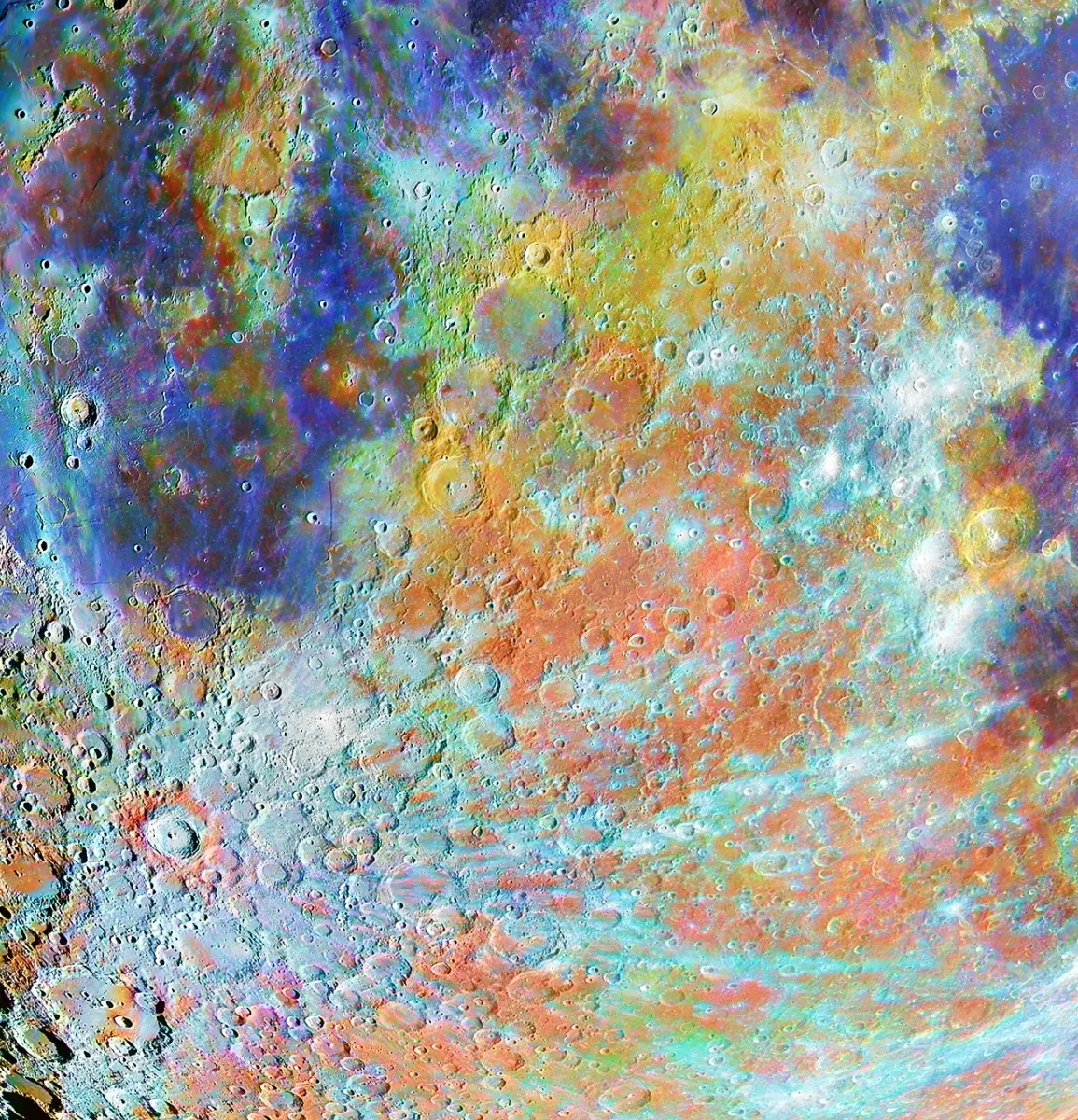
Our Moon Winner
Tycho Crater Region with Colours by Alain Paillou
"This vibrant image teases out the faint colours on the surface of the Moon. Not only is this composition visually striking, but it highlights the different materials the Moon is made up of, all from the safety of the Earth."
Emily Drabek-Maunder, astrophysicist, astronomer and science communicator at Royal Observatory Greenwich
Our Moon 2020: see the full shortlist
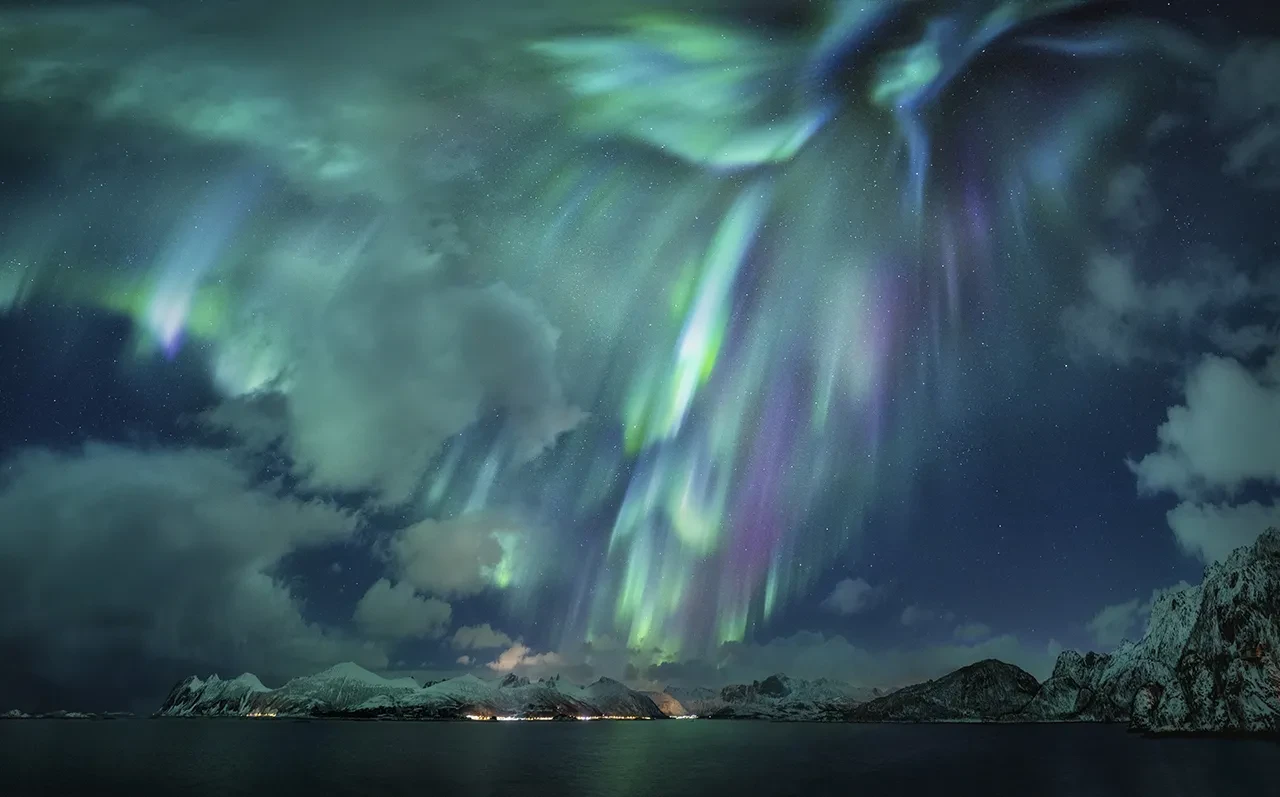
Aurorae Winner
The Green Lady by Nicholas Roemmelt
"This was such a dramatic image, with the ‘green lady’ appearing to take flight above the mountains and illuminated water’s edge. I liked the way the landscape was dwarfed by the dominant aurora and yet the forms and colours of the composition echoed above with below. This was one of my favourite images."
- Susan Derges, fine art photographer
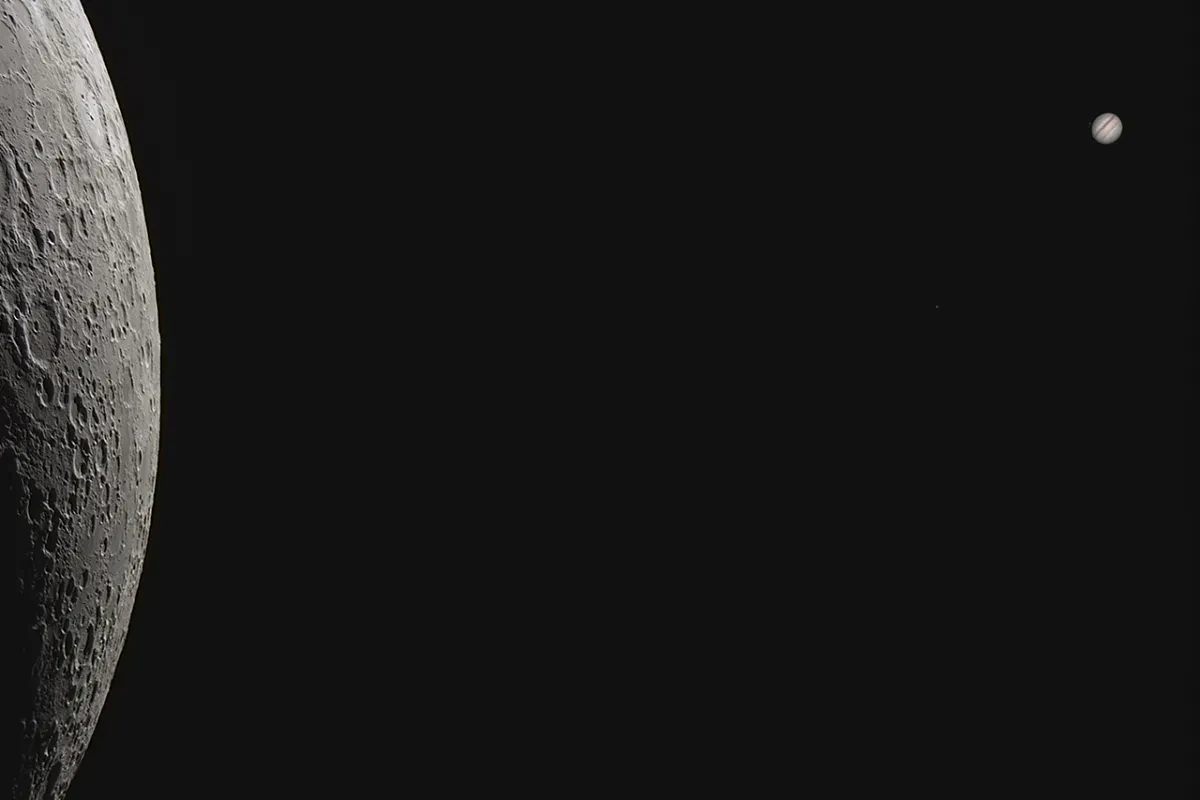
Planets, Comets and Asteroids Winner
Space Between Us... by Łukasz Sujka
"While judging the competition in times of lockdown, social distancing and isolation, this picture took on a particular poignancy. It was a healthy reminder, too, that scale and space is also a question of perspective."
- Melanie Vandenbrouck, Curator of Art (post-1800) at Royal Museums Greenwich
Planets, Comets and Asteroids 2020: see the full shortlist
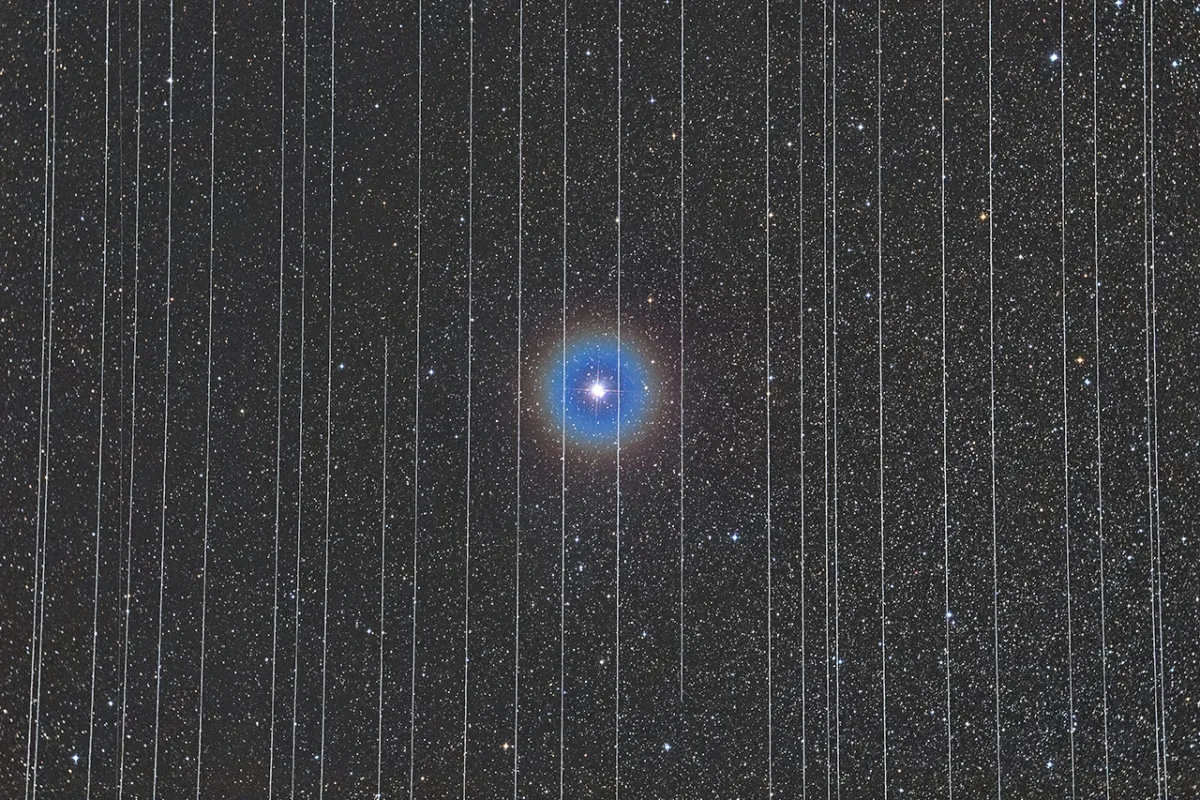
People and Space Winner
The Prison of Technology by Rafael Schmall
"Is this image prophetic or will we find a way to navigate through the trails of future satellite megaconstellations to continue our passion for astronomy? Time will tell, but this picture is a stunning look at what our night skies may one day become."
- Steve Marsh, Art Editor at the BBC Sky at Night Magazine
People and Space 2020: see the full shortlist
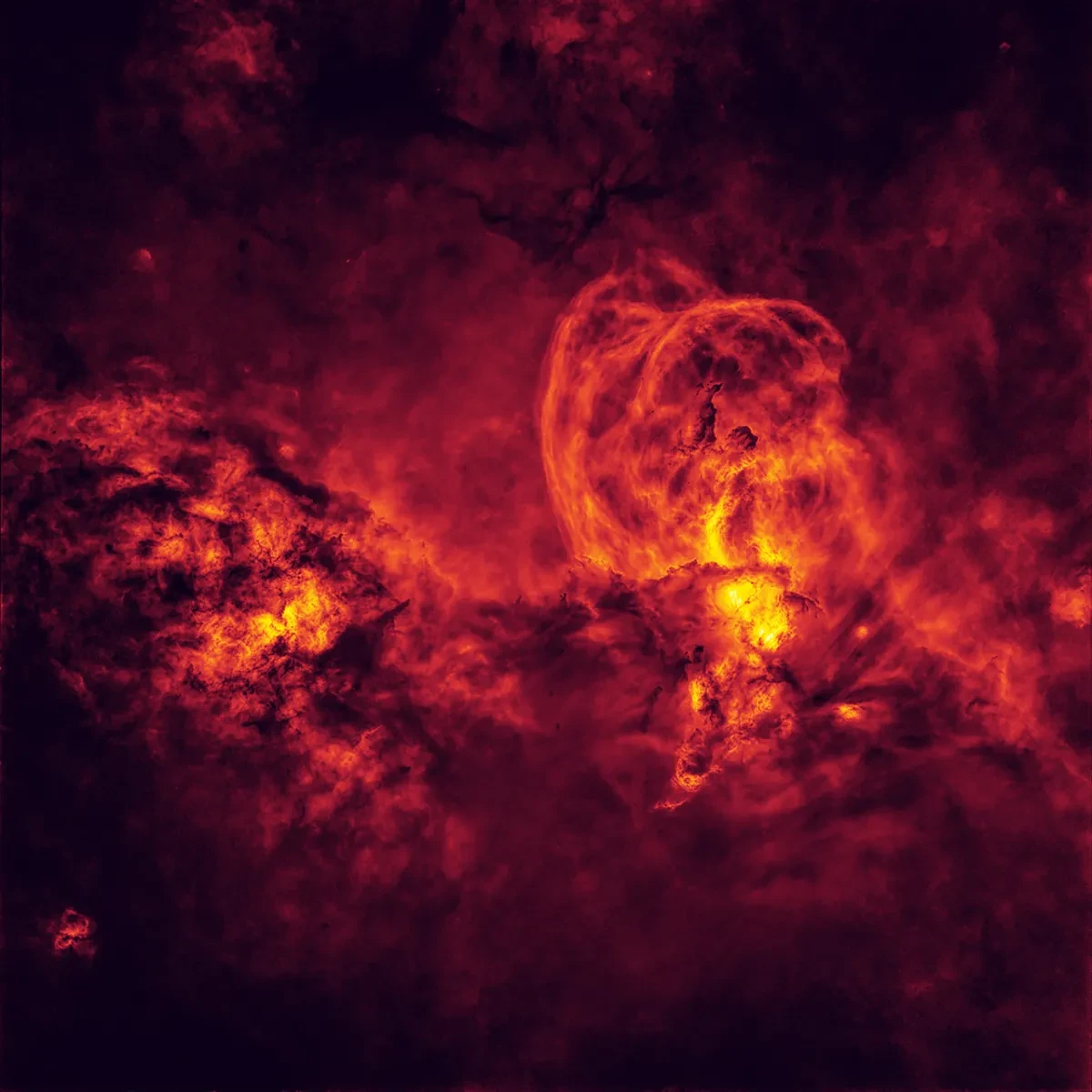
Stars and Nebulae Winner
Cosmic Inferno by Peter Ward
"Creation, elements, fire, brimstone and wonder. This astonishing image conjures up these pictures that also represent the first moments of the Universe, before stars were formed. It’s a moving reminder that when we look up to the night sky, we tend to do so with earthly concerns on our minds, whether unconsciously or consciously as seen here. The tragedy of the 2019 bushfires in Australia shook people around the world; in the age of climate change, this extraordinarily beautiful picture urges us not to let our children’s future go up in flames."
- Melanie Vandenbrouck, Curator of Art (post-1800) at Royal Museums Greenwich
Stars and Nebulae 2020: see the full shortlist

Sir Patrick Moore Prize for Best Newcomer Winner
Waves by Bence Toth
"As a burgeoning astrophotographer, tackling any deep-sky object is a formidable challenge, but to push yourself to capture its core, and at this level of detail, shows true determination and incredible potential. The stars are pin sharp and the wispy nebulous texture is perfectly processed."
- Steve Marsh, Art Editor at the BBC Sky at Night Magazine
Sir Patrick Moore Prize for Best Newcomer: see the shortlist
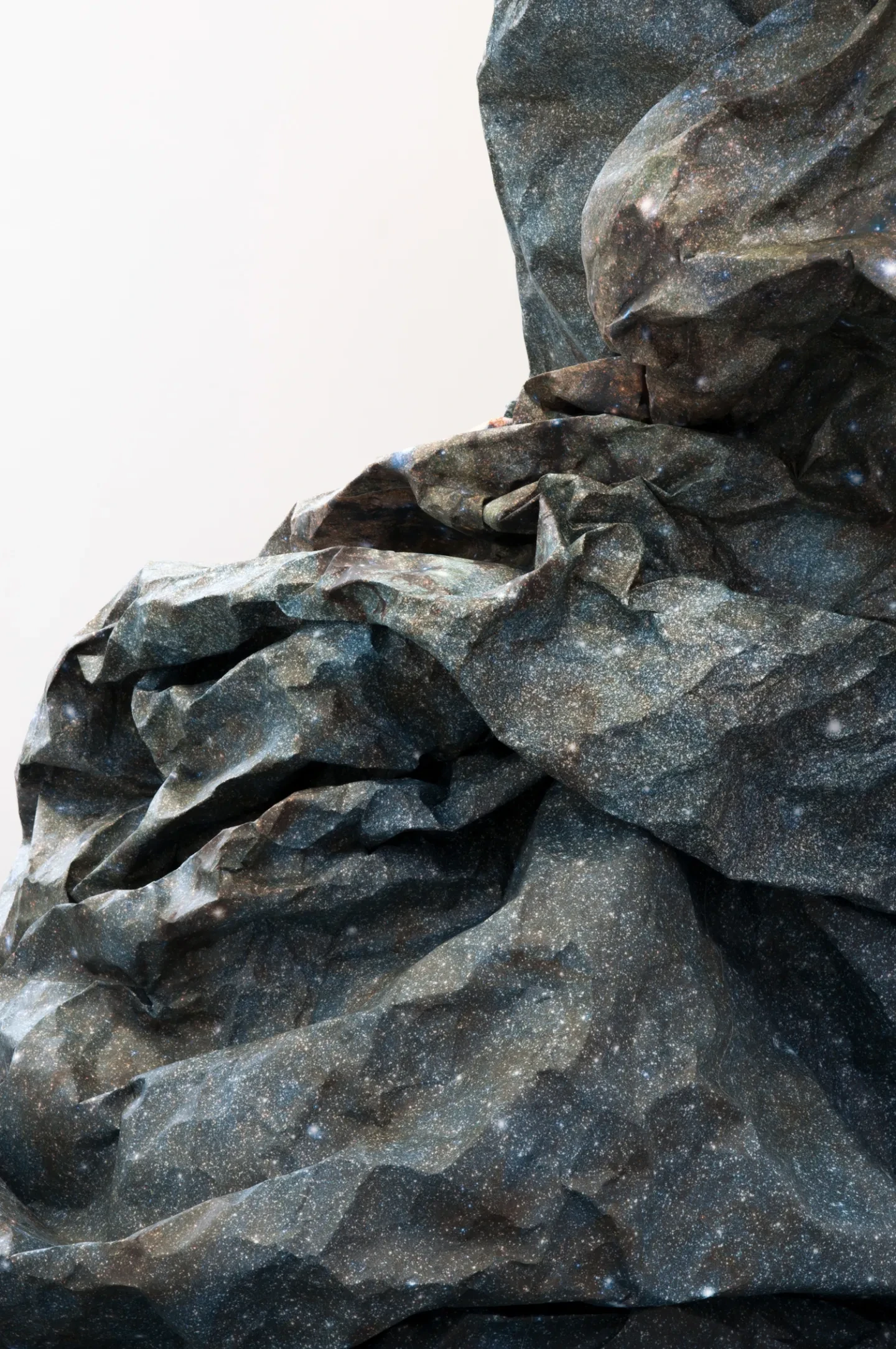
Annie Maunder Prize for Image Innovation Winner
Dark River (detail) by Julie Hill
Acknowledgement: Ignacio Toledo, Martin Kornmesser
"I commend the choice of image data used alongside the artist’s vision to create an appropriately striking representation of the 'river' of the Milky Way, as it is so referenced in ancient human civilisations. It’s a powerful and poignant image presented in a striking manner that is befitting of our own galaxy and its place in the vastness of space and our Universe."
- Ed Robinson, Award-winning photographer, creative director and visual consultant. Founder of OneRedEye Visual Communications
Annie Maunder Prize for Image Innovation 2020: see the full shortlist
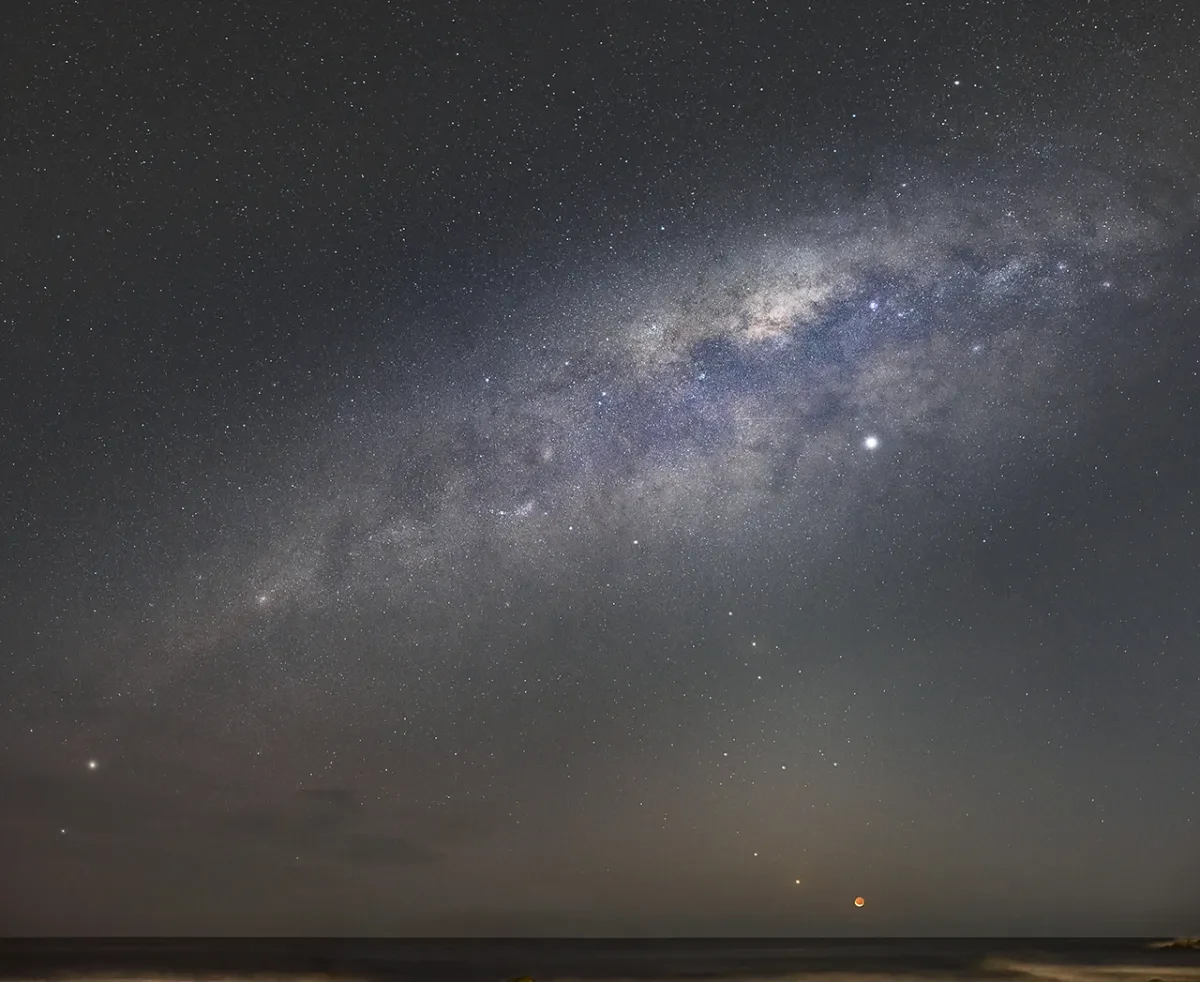
Young Competition Winner
The Four Planets and the Moon by Alice Fock Hang
"A spectacular scene that is both wonderfully composed and professionally executed, with a fine artistic touch that looks like it could have been created by a seasoned astrophotographer. For a 10-year-old to create such a photograph is inspiring. I am excited to see what this young talented photographer creates in the future."
- Ed Robinson, award-winning photographer, creative director and visual consultant. Founder of OneRedEye Visual Communications
Young Competition 2020: see the full shortlist
